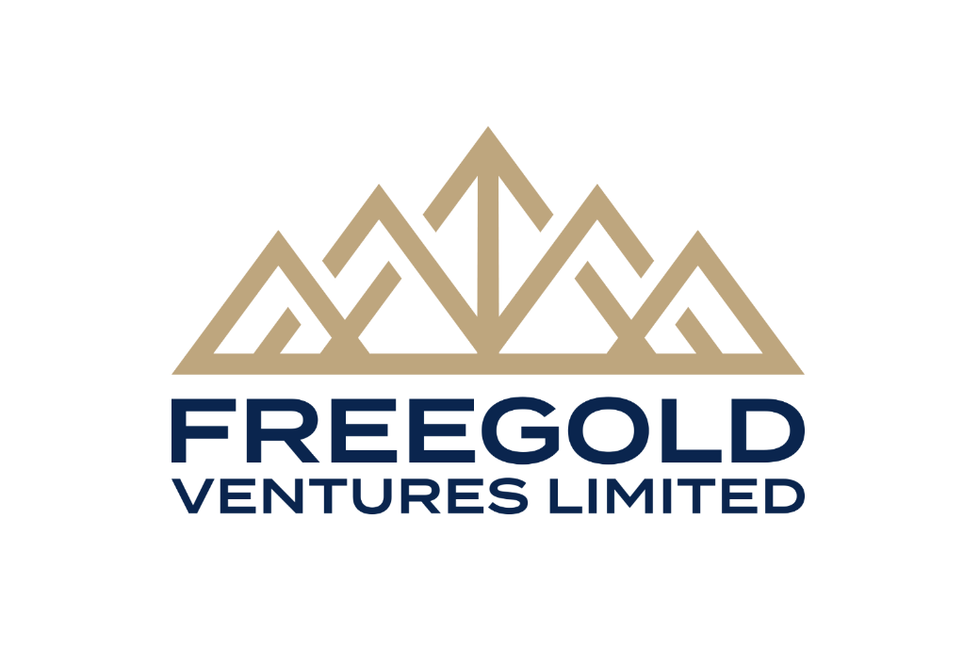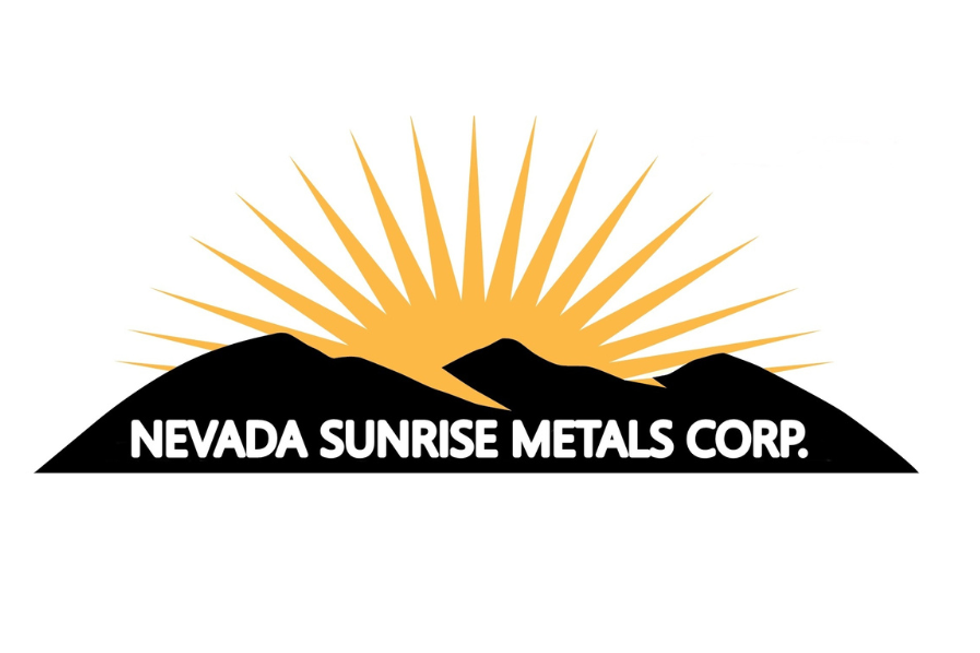
Australia's gold-mining industry is booming, with Western Australia leading the way. New projects in the Northern Territory and North Queensland offer untapped potential for investors and local economies.
Australia is tied with Russia for the second largest gold producer in the world. However, the majority of Australia’s mines are located in Western Australia, leaving significant parts of the large island nation underdeveloped.
Both the Northern Territory and North Queensland have considerable untapped potential for gold mining. As governments seek to foster mining in these regions, there is now a golden opportunity for exploration and development.
New projects underway may shift the gold mining focus in Australia in the coming years, providing an opportunity for local economies and investors.
Gold in the west
Western Australia produced 211.22 tonnes of gold in 2023, while the rest of the country produced just 80.73 tonnes.
The region is considered one of the most attractive mining jurisdictions in the world, according to a 2023 ranking from the Fraser Institute. The state is home to Boddington, the world’s biggest gold mine, which produces 798,000 ounces of gold annually, as well as 84 million pounds of copper.
Many of the largest gold mining companies in the world have stakes in Western Australia, given its excellent infrastructure, political stability and reasonable regulations. The region has what may be the largest gold reserves in the world with 9,100 tonnes, representing 16 percent of the world’s estimated reserves of 56,000 tonnes.
Untapped potential
Other regions in Australia have considerable gold reserves and potential for industry growth — especially the north. North Queensland has a long history of mining, with explorers finding gold there in the 1860s, which attracted international attention. Historical mines now serve as tourist destinations, with recreational fossickers frequenting the region.
Commercially, the region is known for other types of mining, but it’s also home to a number of productive gold mines. That includes the privately owned Ravenswood gold project, which produces 220,000 ounces of gold a year.
Northern Territory has produced 20 million ounces of gold to date. Annually, the region’s gold production as of 2022/23 was at 13.7 tonnes and worth AUS$1.21 billion.
The area boasts three historic goldfields: Pine Creek, Tennant Creek and Tanami.
The Tanami mine, owned by Newmont (TSX,NGT,NYSE:NEM), is still in operation and is one of the largest gold mines in Australia. This is a fly-in, fly-out operation located on an Aboriginal freehold in the remote Tanami Desert. It produced 448,000 ounces in 2023 and is set to expand.
Other notable legacy gold mines in the region, include the Red Dome mine, which operated from 1986 to 1997, producing about 1 million ounces of gold and 35,000 tonnes of copper from about 15 million tonnes of ore; the Pajingo gold operation, now owned by Yuxin Holdings, has produced more than 3.4 million ounces since 1996, with a current target production of over 80,000 ounces per annum; Navarre Minerals’ (ASX:NML) Mount Carlton operation; the Mount Leyshan gold mine, which is currently managed by Newmont Australia; and the historical Kidston gold mine, once regarded as one of Australia’s largest open-cut gold mine and has now been repurposed as a pumped hydro energy storage system operated Genex Power.
Regulatory improvements
The Northern Territory has become an increasingly competitive location for mining. The Fraser Institute reports an improved attractiveness ranking, with improved quality in the geological database, more certainty in administration and enforcement of regulations, and an improved legal system.
In 2022, the Northern Territory’s Mineral Development Taskforce issued a report, offering a list of opportunities for encouraging mining and economic development. They included better regulations, speedier approvals, more infrastructure and more government support.
That report mentions royalties, and in early 2024, the territory enacted the Minerals Royalties Act. It outlines more competitive royalty rates for mining organizations working in the region, moving them from a net profits royalty regime to an ad valorem regime.
New projects underway
In North Queensland, Gold Road Resources (ASX:GOR,OTC Pink:ELKMF) has some finds in development, including the Greenvale project, in a region with historical mines. On-ground exploration has begun at the project via surface mapping and soils-rock chip geochemistry, with further work planned this year. The company’s nearby Galloway project also shows strong potential for gold mining.
The Empire gold project from Far Northern Resources (ASX:FNR) is located in an old mining town that featured a smelter used to treat locally mined ore. The site includes four identified polymetallic targets. The company’s Rocks Reef project, also in North Queensland, shows early-stage promise for gold and copper deposits.
In the Northern Territory, Far Northern Resources is developing the Bridge Creek project in the historical mining area of Cosmos Howley-Pine Creek. The company has plans for exploration and development at the project’s target sites.
Under construction in the territory is the Nobles Nob project by Tennant Minerals (ASX:TMS). This historic mine had underground operations from the 1930s, and open pit mining starting in the 1960s. The new operation is expected to produce 65,000 ounces of gold annually starting in 2025.
Investor takeaway
Gold mining in Australia is becoming much more of a nationwide endeavour. The country’s less populated northern reaches are home to considerable untapped gold reserves. The political will to develop these regions is leading to more attractive environments for mining development. A wide range of gold and polymetallic mining projects are underway and seeking investor support amid this new, attractive landscape.
This INNSpired article was written as part of an advertising campaign for a company that is no longer a client of INN. This INNSpired article provides information which was sourced by INN, written according to INN's editorial standards, in order to help investors learn more about the company. The company’s campaign fees paid for INN to create and update this INNSpired article. INN does not provide investment advice and the information on this profile should not be considered a recommendation to buy or sell any security. INN does not endorse or recommend the business, products, services or securities of any company profiled. If your company would benefit from being associated with INN's trusted news and education for investors, please contact us.





